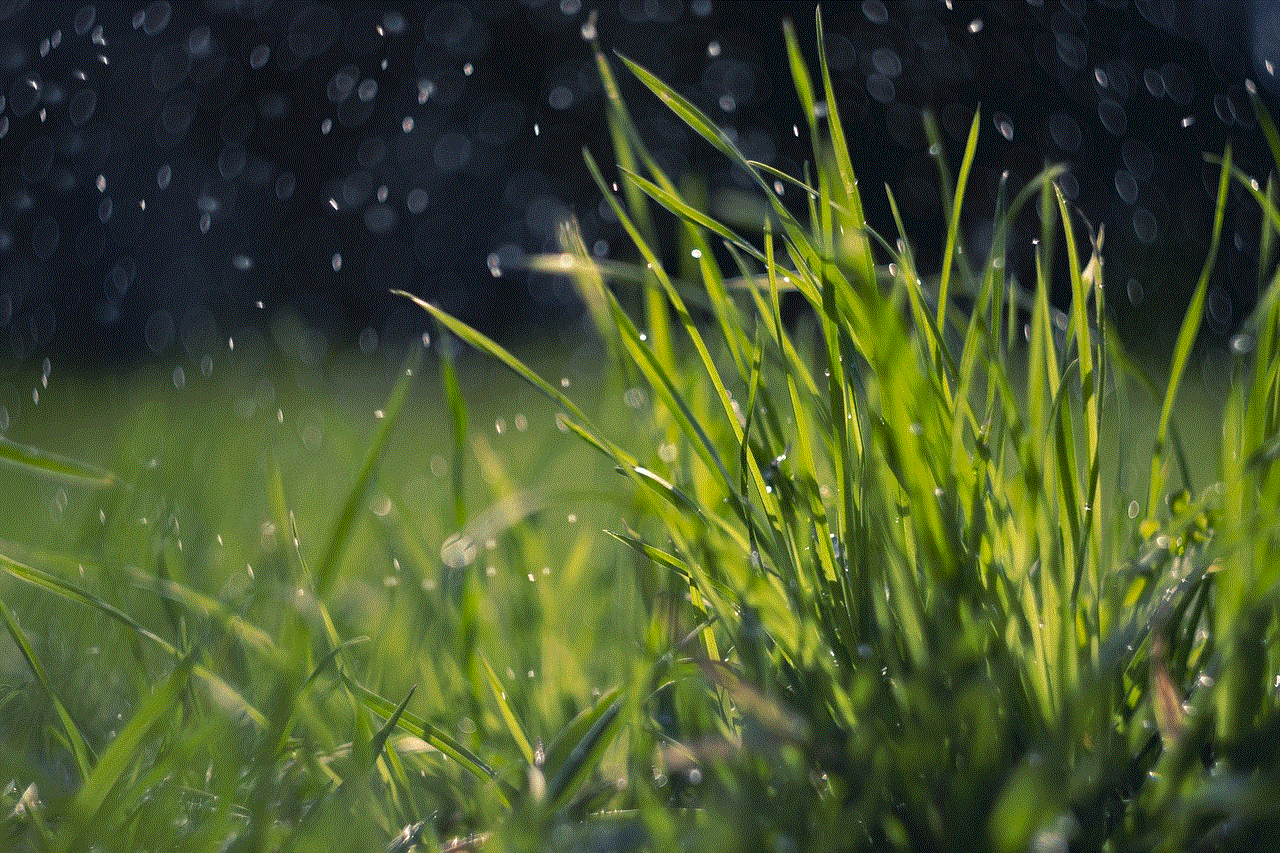how do i get into my iphone if i forgot my password
# How to Get Into Your iPhone If You Forgot Your Password
In a world where our smartphones hold a wealth of personal information, being locked out of your device can be an incredibly frustrating experience. If you’ve found yourself in a situation where you’ve forgotten your iPhone password, don’t despair. There are several methods to regain access to your device, although each comes with its own set of considerations and potential consequences. In this comprehensive guide, we will explore various approaches to unlocking your iPhone, along with tips to avoid such situations in the future.
## Understanding the Importance of Passwords
Before delving into how to unlock your iPhone, it’s essential to understand why passwords are crucial. Passwords serve as a security measure, protecting your personal information from unauthorized access. With the increasing amount of sensitive data stored on our devices—from banking information to personal messages—having a robust password is vital. However, this security feature can become a double-edged sword if you forget your password, locking you out of your device.
## Common Reasons for Forgetting Your iPhone Password
People forget their passwords for various reasons, including:
1. **Frequent Changes**: Many people change their passwords regularly for security reasons, which can lead to confusion.
2. **Multiple Devices**: If you own multiple devices, remembering the password for each can be challenging.
3. **Lack of Use**: If you don’t use your iPhone frequently, it’s easy to forget your password.
4. **Auto-Fill Features**: Some users rely on auto-fill features, making it hard to remember their passwords.
5. **New Updates**: With iOS updates, the requirements for password complexity may change, making it hard to recall your previous password.
Understanding these reasons can help you create strategies to avoid forgetting your password in the future.
## Preliminary Steps to Try
Before resorting to more drastic measures, you may want to try a few simple steps that might help you regain access to your device.
### 1. Check for iCloud Keychain
If you have iCloud Keychain enabled, it could store your passwords. Here’s how to check:
– Go to your Mac or another iOS device.
– Open Safari and navigate to Preferences.
– Click on the Passwords tab.
– Search for your iPhone password.
### 2. Use Face ID or Touch ID
If you’ve set up Face ID or Touch ID, you can use these biometric features to unlock your device without needing to enter your password. This method is quick and convenient, but it only works if these features were enabled before you forgot your password.
### 3. Ask Siri
In certain situations, you might be able to access some features through Siri. However, this is a limited option and won’t necessarily help you regain full access to your device.
## Recovery Options
If the preliminary steps don’t work, you’ll need to consider more comprehensive recovery options. Below are some methods to unlock your iPhone if you’ve forgotten your password.
### Method 1: Using iTunes
If you have previously synced your iPhone with iTunes, you can use this method to restore your device. Here’s how:
1. **Connect Your iPhone**: Use a USB cable to connect your iPhone to your computer.
2. **Open iTunes**: Launch iTunes on your computer. If prompted, enter your iTunes password.
3. **Put Your iPhone into Recovery Mode**:
– For iPhone 8 and later: Press and quickly release the Volume Up button, press and quickly release the Volume Down button, and then press and hold the Side button until you see the recovery mode screen.
– For iPhone 7 and 7 Plus: Press and hold the Volume Down and Side buttons simultaneously until the recovery mode screen appears.
– For iPhone 6s and earlier: Press and hold both the Home and the Top (or Side) buttons until the recovery mode screen appears.
4. **Restore Your iPhone**: Once in recovery mode, iTunes will prompt you to restore or update your device. Choose ‘Restore.’ This process will erase your iPhone and its password.
5. **Set Up Your iPhone**: After the restoration process, you can set up your iPhone as new or restore it from a backup.
### Method 2: Using Finder (macOS Catalina and later)
If you’re using macOS Catalina or later, the process is similar to iTunes but uses Finder. Here’s how:
1. **Connect Your iPhone**: Use a USB cable to connect your iPhone to your Mac.
2. **Open Finder**: Click on the Finder icon in your dock.
3. **Put Your iPhone into Recovery Mode**: Follow the same steps as mentioned above based on your iPhone model.
4. **Restore Your iPhone**: In Finder, select your iPhone from the sidebar. Choose ‘Restore’ when prompted.
5. **Set Up Your iPhone**: After the restoration, you can set up your device as new or restore from a backup.
### Method 3: Using iCloud (Find My iPhone)
If you have Find My iPhone enabled, you can use iCloud to erase your device. This method will delete all data on your iPhone, so ensure you have backups if possible.
1. **Visit iCloud.com**: On a computer or another device, go to [iCloud.com](https://www.icloud.com).
2. **Log In**: Enter your Apple ID and password.
3. **Select Find iPhone**: Click on the Find iPhone icon.
4. **Choose Your Device**: Click on ‘All Devices’ at the top, then select your iPhone from the list.
5. **Erase Your iPhone**: Click on ‘Erase iPhone.’ This action will wipe your device and its password, allowing you to set it up as new.
### Method 4: Using Third-Party Software
There are several third-party software solutions that claim to help unlock iPhones. These tools can often bypass the password without data loss. However, use these tools cautiously and ensure they are reputable to avoid potential security risks.
### Method 5: Contact Apple Support
If you’re uncomfortable performing any of the methods mentioned, or if they don’t yield results, consider reaching out to Apple Support. They can provide guidance and assistance tailored to your particular situation.
## Preparing for Future Lockouts
Once you regain access to your iPhone, consider implementing strategies to prevent future password-related issues. Here are some tips:
### 1. Use a Password Manager
A password manager can securely store your passwords and help you create complex ones that are hard to forget. Many password managers also support biometric authentication, providing an extra layer of security.
### 2. Enable Biometric Authentication
If your iPhone supports Face ID or Touch ID, enable these features for effortless access to your device without relying solely on your password.
### 3. Regularly Update Your Passwords
While it’s advisable to update your passwords regularly for security, ensure that you keep track of these changes. Use a password manager to help you manage this effectively.
### 4. Create a Backup
Always keep a backup of your iPhone data through iCloud or iTunes. This way, even if you need to restore your device, you can recover your important information.
### 5. Write It Down (Securely)



If you prefer traditional methods, consider writing down your password and storing it in a secure place. Ensure that it’s not easily accessible to others.
## Conclusion
Forgetting your iPhone password can be a daunting experience, but with the right steps, you can regain access to your device. While methods like using iTunes or iCloud can help, it’s always best to take preventive measures to avoid such situations in the future. By implementing password management strategies and utilizing biometric authentication, you can ensure your device remains secure yet accessible. Remember, if all else fails, Apple Support is always there to assist you. Protect your personal information, but don’t forget to make your access convenient and manageable.
how to cancel paid apps on iphone
# How to Cancel Paid Apps on iPhone: A Comprehensive Guide
In today’s digital age, mobile applications play a significant role in our daily lives, offering everything from entertainment to productivity tools. With the vast array of apps available on the iPhone, users often find themselves subscribing to various paid services. While these subscriptions can enhance your experience, there may come a time when you decide to cancel a paid app for various reasons—be it budget constraints, lack of usage, or simply finding a better alternative. In this article, we will explore how to cancel paid apps on iPhone, covering every step of the process, along with tips, alternatives, and frequently asked questions.
## Understanding App Subscriptions
Before diving into the cancellation process, it’s essential to understand what app subscriptions are. When you subscribe to an app on your iPhone, you’re typically agreeing to a recurring payment model. This can include monthly or yearly fees, allowing you access to premium features or content within the app. Popular categories with subscriptions include streaming services (like Netflix or Spotify), productivity tools (such as Microsoft Office or Adobe Creative Cloud), and gaming apps.
### Why Cancel a Paid App Subscription?
There are numerous reasons why users might want to cancel a paid app subscription:
1. **Financial Considerations**: Monthly or yearly fees can add up quickly, and you may want to cut back on expenses.
2. **Lack of Use**: If you find that you’re not using the app as much as you thought you would, canceling can free up some funds.
3. **Better Alternatives**: With a plethora of options available, you might find a different app that offers similar services at a lower price or even for free.
4. **Dissatisfaction**: If the app doesn’t meet your expectations, or if you encounter issues with functionality, canceling may be the best course of action.
Understanding these motivations can help clarify your decision to cancel a subscription, making it easier to follow through with the process.
## Step-by-Step Guide to Cancel Paid Apps on iPhone
**1. Open the Settings App**
The first step to canceling a subscription is to open the Settings app on your iPhone. The Settings app is represented by a gear icon and is typically found on your home screen.
**2. Tap on Your Name**
At the top of the Settings menu, you will see your name and profile picture. Tap on this to access your Apple ID settings.
**3. Access Subscriptions**
Once you are in your Apple ID settings, scroll down and look for the “Subscriptions” option. Tap on it to view all active subscriptions linked to your Apple ID.
**4. Select the Subscription You Want to Cancel**
In the Subscriptions menu, you will see a list of all your current subscriptions. Locate the app subscription that you want to cancel and tap on it to view more details.
**5. Cancel the Subscription**
After selecting the subscription, you’ll find information about the plan, including the expiration date, payment details, and options to manage the subscription. Look for the “Cancel Subscription” button at the bottom of the screen. Tap this button to initiate the cancellation process.
**6. Confirm Cancellation**
You may be prompted to confirm your decision to cancel the subscription. Review the information provided, and if you are sure about your choice, confirm the cancellation. Your subscription will remain active until the end of the billing period, at which point it will not renew.
## Important Considerations After Cancellation
### Confirmation Email
After canceling a subscription, you should receive a confirmation email from Apple. This email will provide details about the cancellation and the date until which you can still use the app. It’s a good idea to keep this email for your records.
### Access to Content
One common misconception is that canceling a subscription immediately revokes access to all content. In most cases, you will continue to have access to the app’s features or content until the end of the current billing cycle. Make sure to utilize the app during this time, especially if it contains valuable information or resources.
### Re-subscribing



If you change your mind later, you can re-subscribe to the app at any time. Simply return to the Subscriptions section in your Apple ID settings and follow the prompts to re-enable your subscription.
## Troubleshooting Common Issues
While the process of canceling subscriptions is straightforward, users may encounter some issues. Here are some common problems and their solutions:
### Not Seeing the Subscription
If you do not see an app listed in your subscriptions, it may be due to a few reasons:
– **Different Apple ID**: Ensure you are logged into the correct Apple ID that you used to subscribe to the app.
– **App Store Purchases**: Some apps may not have subscription-based models but instead offer in-app purchases. In this case, check the app itself for cancellation options.
### App Not Responding
If you encounter issues while trying to access the Subscriptions menu, try the following:
– **Restart Your iPhone**: Sometimes, a simple restart can resolve glitches in the system.
– **Update iOS**: Ensure your iPhone is running the latest version of iOS. Updates often contain bug fixes that can resolve issues with settings.
### Subscriptions Not Canceling
If you followed all the steps and your subscription is still active, consider the following:
– **Contact Apple Support**: If you encounter persistent issues, reaching out to Apple Support can help clarify any discrepancies and ensure your subscription is canceled.
## Alternatives to Paid Apps
If you’re considering canceling a paid app, it’s worth exploring alternatives that might better suit your needs:
### Free Versions
Many paid apps have free versions that offer limited features. These can be a great way to continue using the app without incurring costs. For instance, some productivity apps provide basic functionalities for free while reserving advanced features for paid subscribers.
### One-Time Purchase Apps
Instead of subscription-based apps, look for alternatives that require a one-time purchase. This option can be more economical in the long run, especially if you need the app for only a short period.
### Open-Source Apps
Open-source applications are often free to use and can provide similar features to their paid counterparts. They may require a bit of research to find, but they can be excellent alternatives without the recurring charges.
## Frequently Asked Questions
### Can I cancel a subscription directly from the app?
Some apps allow you to manage subscriptions directly within their interface, but this is not universal. It’s generally recommended to cancel through the Apple ID settings for consistency.
### What happens if I cancel a subscription before the billing cycle ends?
You will retain access to the app until the end of the current billing cycle. After that date, you will no longer have access to premium features or content.
### Will I receive a refund after canceling?
Apple typically does not offer refunds for subscriptions already billed. However, you can check the App Store’s refund policy if you believe you’re eligible.
### Can I turn off auto-renew for subscriptions?
Yes, when you cancel a subscription, you are effectively turning off the auto-renew feature. You will not be charged again after the current billing period ends.
## Conclusion
Canceling a paid app subscription on your iPhone is a straightforward process that can help you manage your budget and tailor your app usage to your needs. By following the steps outlined in this guide, you can easily navigate through the cancellation process, understand the implications of your decision, and explore alternative options that may better suit your lifestyle.



Whether you’re looking to cut costs, find better alternatives, or simply reassess your app usage, understanding how to manage your subscriptions effectively is crucial. With this knowledge in hand, you can take control of your digital expenses and make informed decisions about the apps you choose to support.
